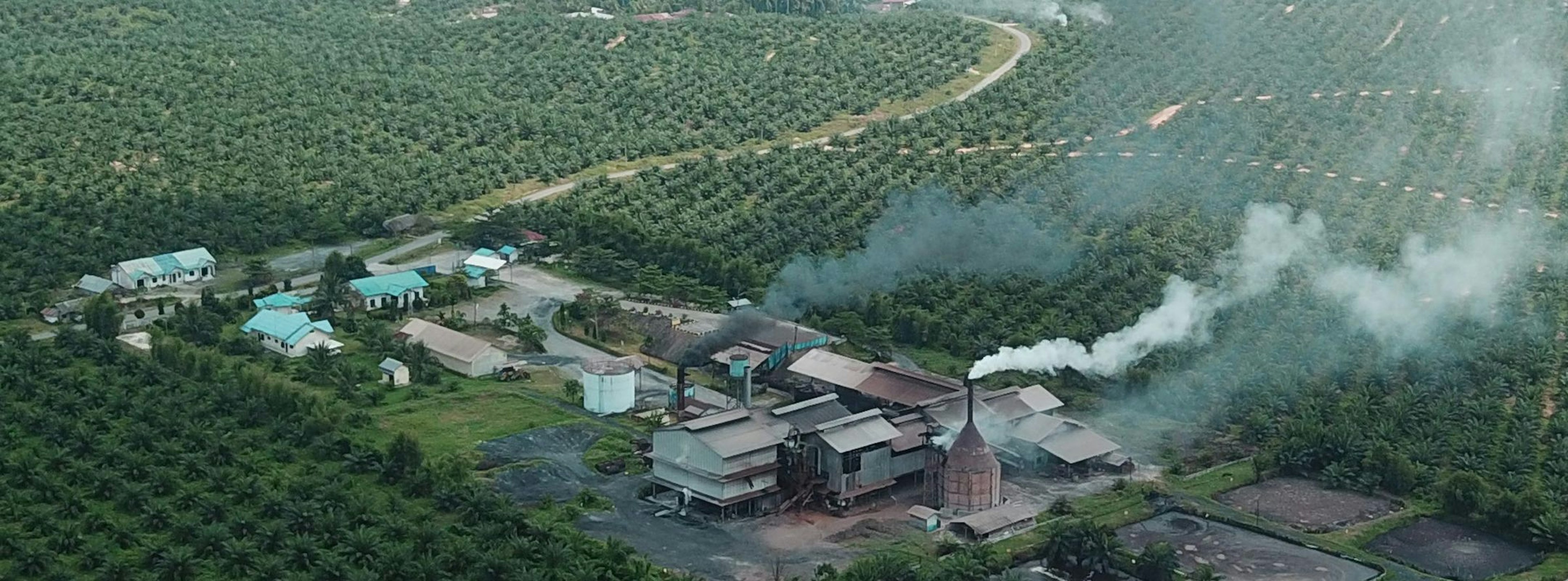Shedding light on Indonesia’s opaque palm oil mills
1 Jul 2020
2 min read
The palm oil sector has demonstrated a commitment to transparency in its sourcing that is unmatched by other deforestation-risk commodities.

Palm oil mill in North Sumatra, Credit: Auriga Nusantara